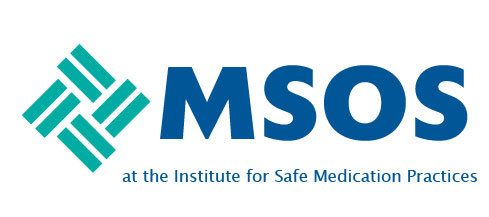Talking about falls: a qualitative exploration of spoken communication of patients fall risks in hospitals and implications for multifactorial approaches to fall prevention
Inpatient falls are the most common safety incident reported by hospitals worldwide. Traditionally, responses have been guided by categorising patients’ levels of fall risk, but multifactorial approaches are now recommended. These target individual, modifiable fall risk factors, requiring clear communication between multidisciplinary team members. Spoken communication is an important channel, but little is known about its form in this context. We aim to address this by exploring spoken communication between hospital staff about fall prevention and how this supports multifactorial fall prevention practice.
MethodsData were collected through semistructured qualitative interviews with 50 staff and ethnographic observations of fall prevention practices (251.25 hours) on orthopaedic and older person wards in four English hospitals. Findings were analysed using a framework approach.
FindingsWe observed staff engaging in ‘multifactorial talk’ to address patients’ modifiable risk factors, especially during multidisciplinary meetings which were patient focused rather than risk type focused. Such communication coexisted with ‘categorisation talk’, which focused on patients’ levels of fall risk and allocating nursing supervision to ‘high risk’ patients. Staff negotiated tensions between these different approaches through frequent ‘hybrid talk’, where, as well as categorising risks, they also discussed how to modify them.
ConclusionTo support hospitals in implementing multifactorial, multidisciplinary fall prevention, we recommend: (1) focusing on patients’ individual risk factors and actions to address them (a ‘why?’ rather than a ‘who’ approach); (2) where not possible to avoid ‘high risk’ categorisations, employing ‘hybrid’ communication which emphasises actions to modify individual risk factors, as well as risk level; (3) challenging assumptions about generic interventions to identify what individual patients need; and (4) timing meetings to enable staff from different disciplines to participate.
